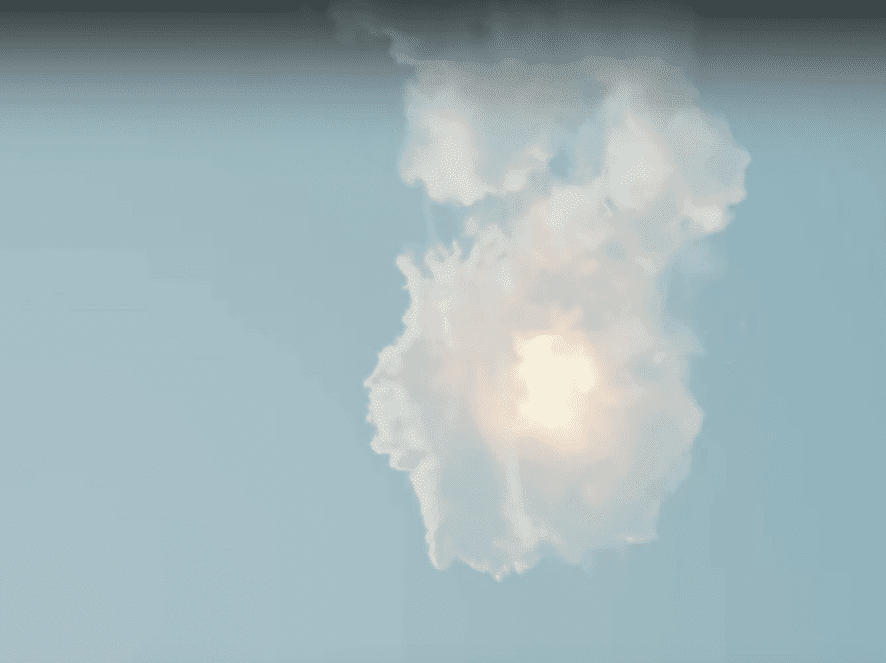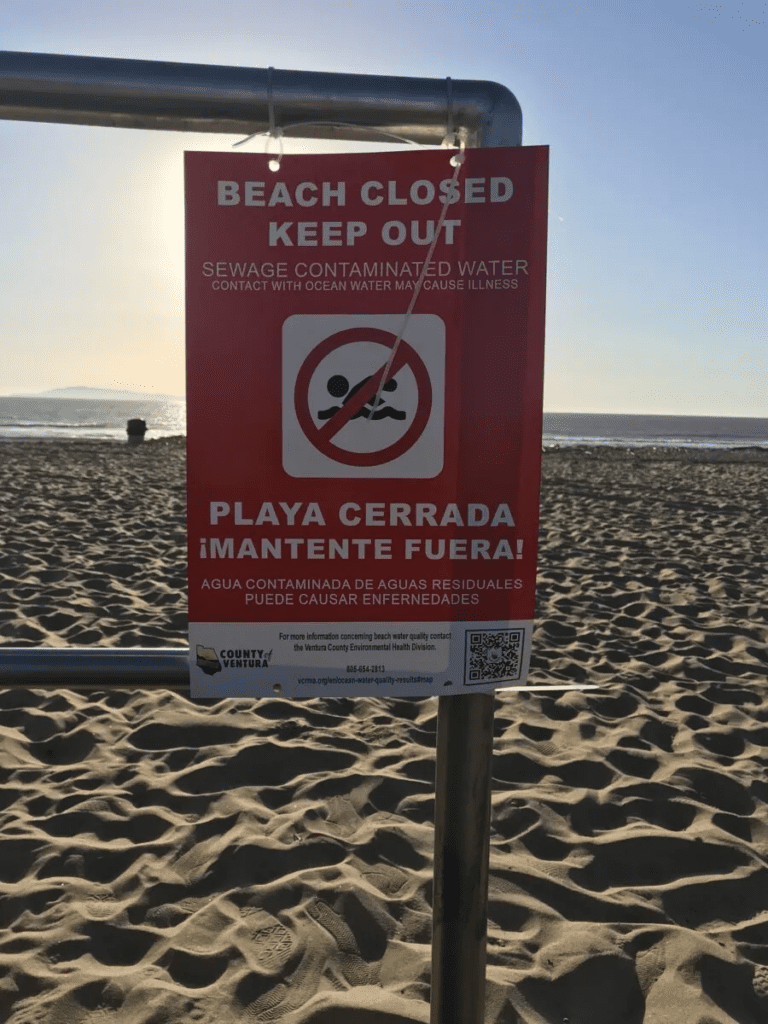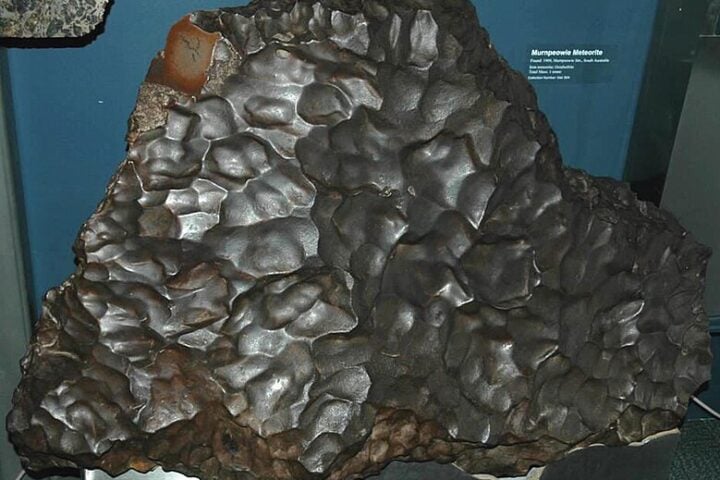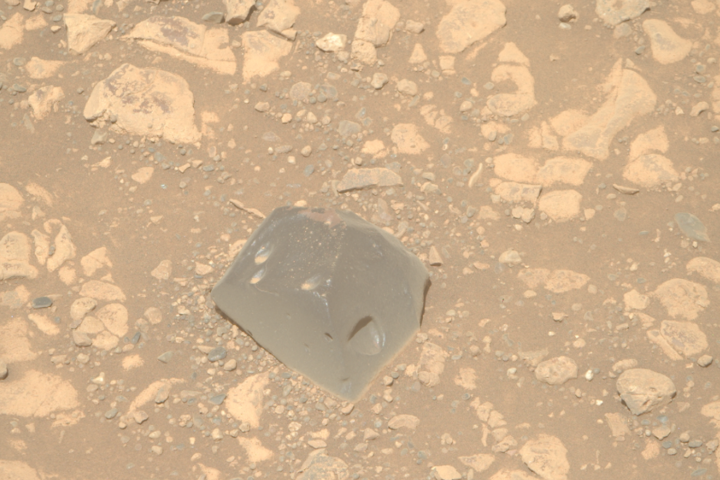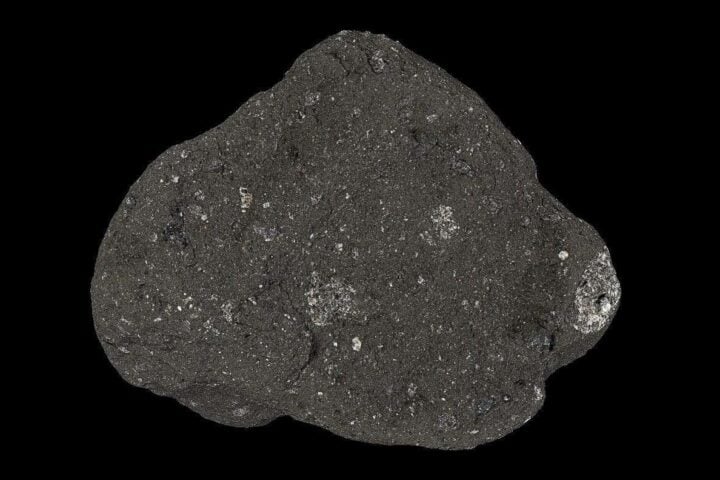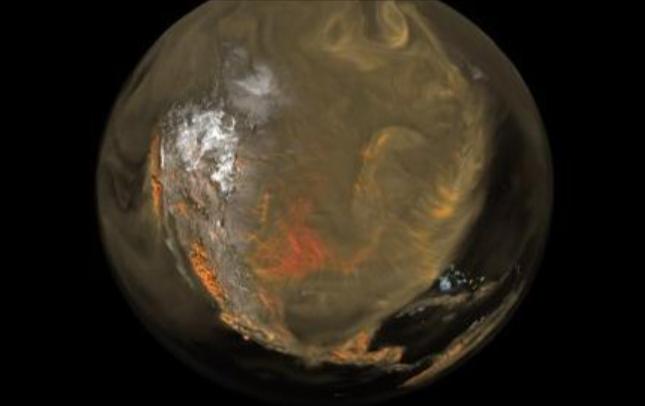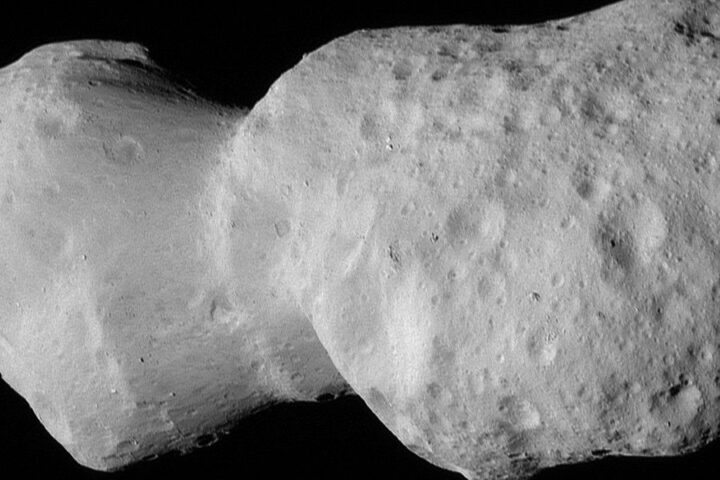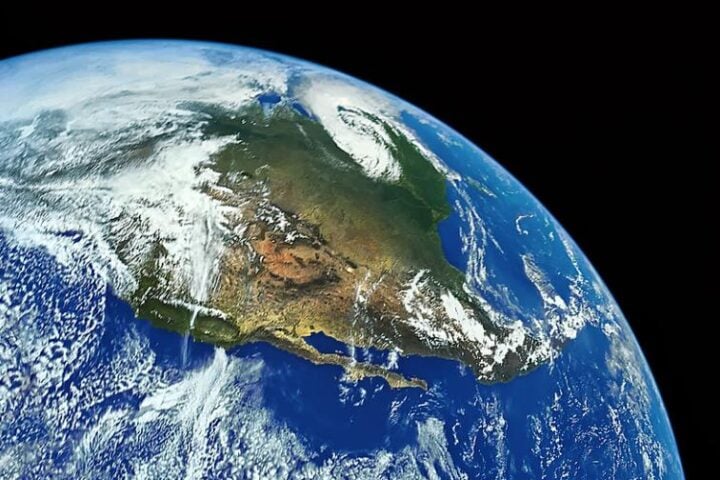SpaceX’s Starship rocket launch failure in Texas on Thursday exposed the potential issues with the program. The rocket’s “flight termination system” functioned as designed, but debris was a major concern. The world’s biggest and most powerful rocket reportedly caused serious mayhem during its first launch.
The SpaceX rocket launch explosion showered debris over a large region, shaking homes and covering nearby Port Isabel with brown grime for miles. Residents reported that the rocket’s impact was felt for miles, and homes shook from the explosion. The debris was described as a thick, granular sand that covered most of Port Isabel.
The Cameron County Emergency Management Division said that the debris was sand and soil from the SpaceX launch. SpaceX’s fully-integrated Starship launch vehicle blasted off from SpaceX’s Starbase test facility in Boca Chica, Texas, on April 20. The rocket travelled for just over four minutes on its first orbital test flight before an automated system initiated a destructive abort procedure and caused the rocket to explode.
The success of Starship clearing its launch tower is considered an important step for SpaceX by Elon Musk and his team. In SpaceX’s infancy, CEO Elon Musk could be seen strolling through fields of fallen rocket debris. The debris from Starship’s launch was sent flying, sometimes for miles, creating concerns for some local residents.
The spray of Starship detritus that covered locals’ cars and homes posed no health risk and was in fact sand and dust lofted airborne and thrown miles in every direction by the rocket’s liftoff. Previous explosions at Starbase in Boca Chica have created large debris fields that have affected nearby parks. The FAA grounded the Starship hours after the Texas test launch ended in the explosion of the rocket.
- 240-Million-Year-Old Marine Reptile Fossil Discovered in China: Dinocephalosaurus Orientalis
- 17 kg Maryborough Meteorite Reveals 4.6 Billion-Year H5 Chondrite—Second-Largest in Victoria
- Karnataka School Eggs Boost Student Health: Pilot Saw Weight Gains Up To 71%, Attendance Rise.
- Unlimited EV Charging at £30/Month: Octopus Energy’s New Offer Benefits High-Mileage Drivers
- Student Loan Collections Restart May 5 Threatens 5.3 M with 15 % Wage Garnishment
